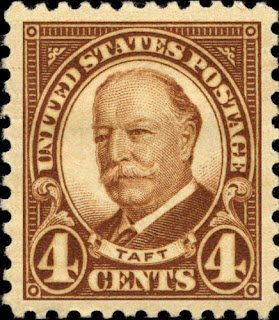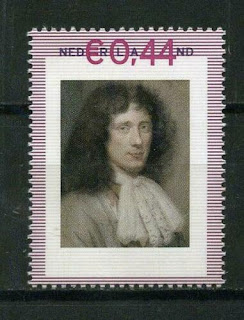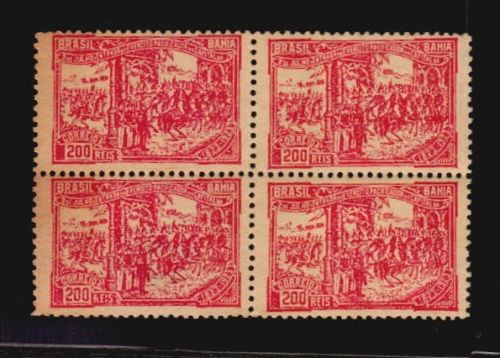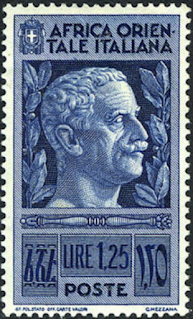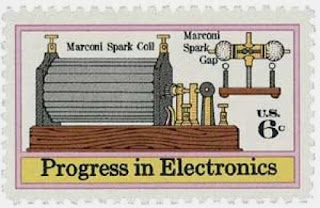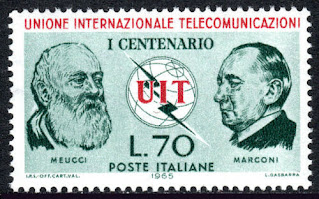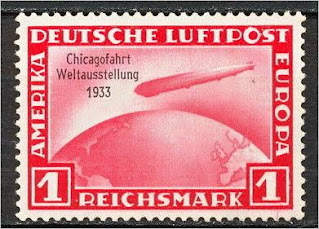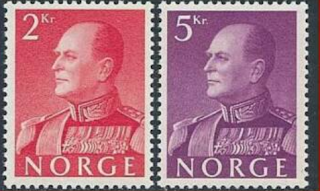1822 Born: Ignacy Łukasiewicz, Polish inventor and businessman, invented the Kerosene lamp (d. 1882)
Jan Józef Ignacy Łukasiewicz (8 March 1822 – 7 January 1882) was a Polish pharmacist, engineer, businessman, inventor, and one of the most prominent philanthropists in the Kingdom of Galicia and Lodomeria, crown land of Austria-Hungary. He was a pioneer who in 1856 built the world's first modern oil refinery. His achievements included the discovery of how to distill kerosene from seep oil, the invention of the modern kerosene lamp (1853), the introduction of the first modern street lamp in Europe (1853), and the construction of the world's first modern oil well (1854).
Polish stamps issued in 1982 to commemorate the 100th death anniversary of Ignacy Łukasiewicz
1844 – King Oscar I ascends to the thrones of Sweden and Norway.
Oscar I (4 July 1799 – 8 July 1859) was King of Sweden and Norway from 8 March 1844 until his death. He was the second monarch of the House of Bernadotte.
The only child of King Charles XIV & III John, Oscar inherited the thrones upon the death of his father. Throughout his reign he would pursue a liberal course in politics in contrast to Charles XIV, instituting reforms and improving ties between Sweden and Norway. In an address to him in 1857, the Riksdag declared that he had promoted the material prosperity of the kingdom more than any of his predecessors.
Norwegian stamps depicting Oscar I
1917 Died: Ferdinand von Zeppelin, German general and businessman, founded the Zeppelin Company (b. 1838)
Ferdinand Adolf Heinrich August Graf von Zeppelin (8 July 1838 – 8 March 1917) was a German general and later inventor of the Zeppelin rigid airships; he founded the company Luftschiffbau Zeppelin.
LZ 127 Graf Zeppelin (Deutsches Luftschiff Zeppelin #127; Registration: D-LZ 127) was a German-built and -operated, passenger-carrying, hydrogen-filled, rigid airship which operated commercially from 1928 to 1937. It was named after the German pioneer of airships, Ferdinand von Zeppelin, who was a Graf or Count in the German nobility. During its operating life, the airship made 590 flights covering more than a million miles (1.6 million km). It was designed to be operated by a crew of 36 officers and men. More about that here: http://en.wikipedia.org/wiki/LZ_127_Graf_Zeppelin
Some stamps from the US and Germany depicting Zeppelins
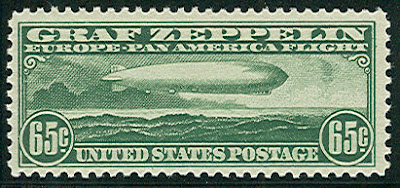


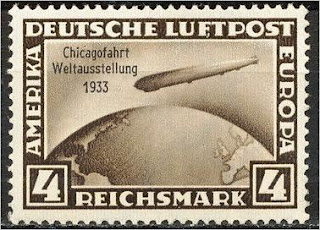


More Zeppelin stamps can be found here: Zeppelin on stamps
1930 Died: William Howard Taft, American lawyer, jurist, and politician, 27th President of the United States (b. 1857)
William Howard Taft (September 15, 1857 – March 8, 1930) was the 27th president of the United States (1909–1913) and the tenth chief justice of the United States (1921–1930), the only person to have held both offices. Taft was elected president in 1908, the chosen successor of Theodore Roosevelt, but was defeated for re-election by Woodrow Wilson in 1912 after Roosevelt split the Republican vote by running as a third-party candidate. In 1921, President Warren G. Harding appointed Taft to be chief justice, a position in which he served until a month before his death.
Taft was born in Cincinnati, Ohio in 1857. His father, Alphonso Taft, was a U.S. Attorney General and Secretary of War. Taft attended Yale and, like his father, was a member of Skull and Bones. After becoming a lawyer, Taft was appointed a judge while still in his twenties. He continued a rapid rise, being named Solicitor General and as a judge of the Sixth Circuit Court of Appeals. In 1901, President William McKinley appointed Taft civilian governor of the Philippines. In 1904, Roosevelt made him Secretary of War, and he became Roosevelt's hand-picked successor. Despite his personal ambition to become chief justice, Taft declined repeated offers of appointment to the Supreme Court of the United States, believing his political work to be more important.
With Roosevelt's help, Taft had little opposition for the Republican nomination for president in 1908 and easily defeated William Jennings Bryan for the presidency in that November's election. In the White House, he focused on East Asia more than European affairs and repeatedly intervened to prop up or remove Latin American governments. Taft sought reductions to trade tariffs, then a major source of governmental income, but the resulting bill was heavily influenced by special interests. His administration was filled with conflict between the conservative wing of the Republican Party, with which Taft often sympathized, and the progressive wing, toward which Roosevelt moved more and more. Controversies over conservation and antitrust cases filed by the Taft administration served to further separate the two men. Roosevelt challenged Taft for renomination in 1912. Taft used his control of the party machinery to gain a bare majority of delegates and Roosevelt bolted the party. The split left Taft with little chance of re-election and he took only Utah and Vermont in Wilson's victory.
After leaving office, Taft returned to Yale as a professor, continuing his political activity and working against war through the League to Enforce Peace. In 1921, President Harding appointed Taft as chief justice, an office he had long sought. Chief Justice Taft was a conservative on business issues and under him there were advances in individual rights. In poor health, he resigned in February 1930, and died the following month. He was buried at Arlington National Cemetery, the first president and first Supreme Court justice to be interred there. Taft is generally listed near the middle in historians' rankings of U.S. presidents.
US stamps and a First Day Cover depicting William Howard Taft



